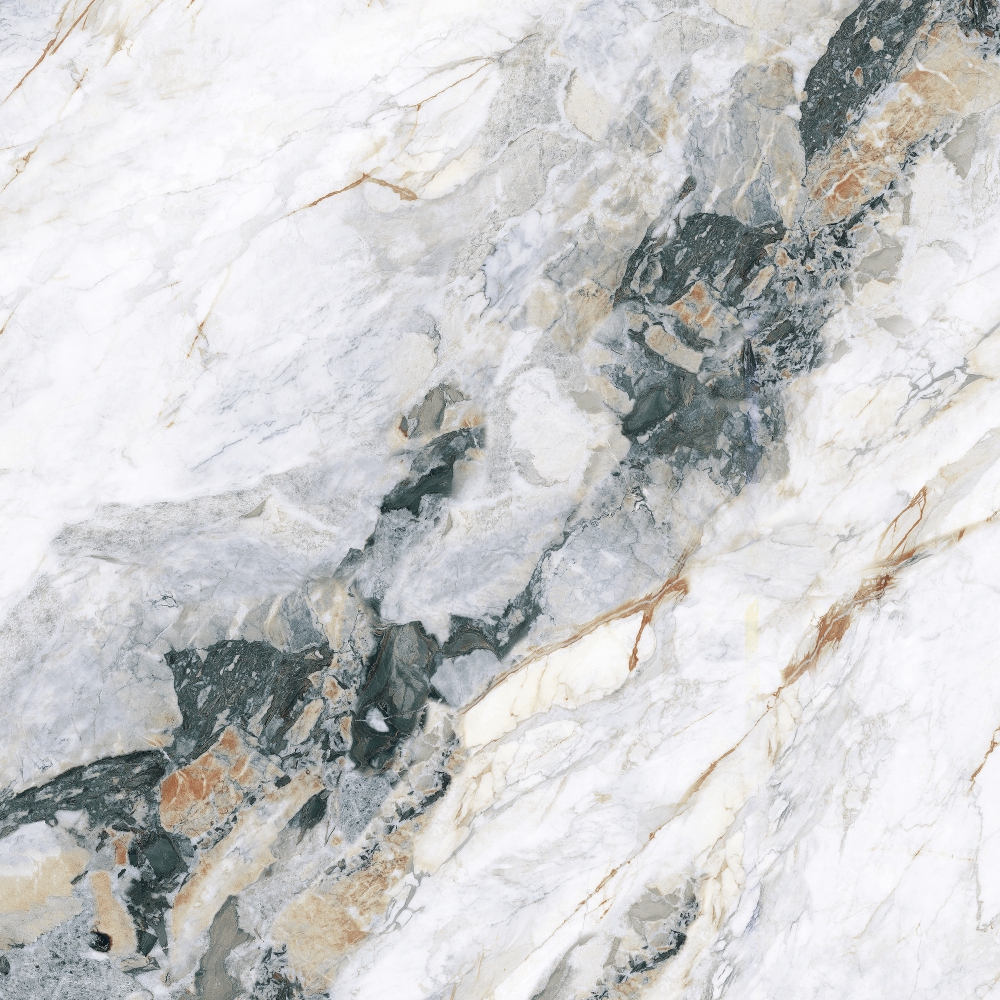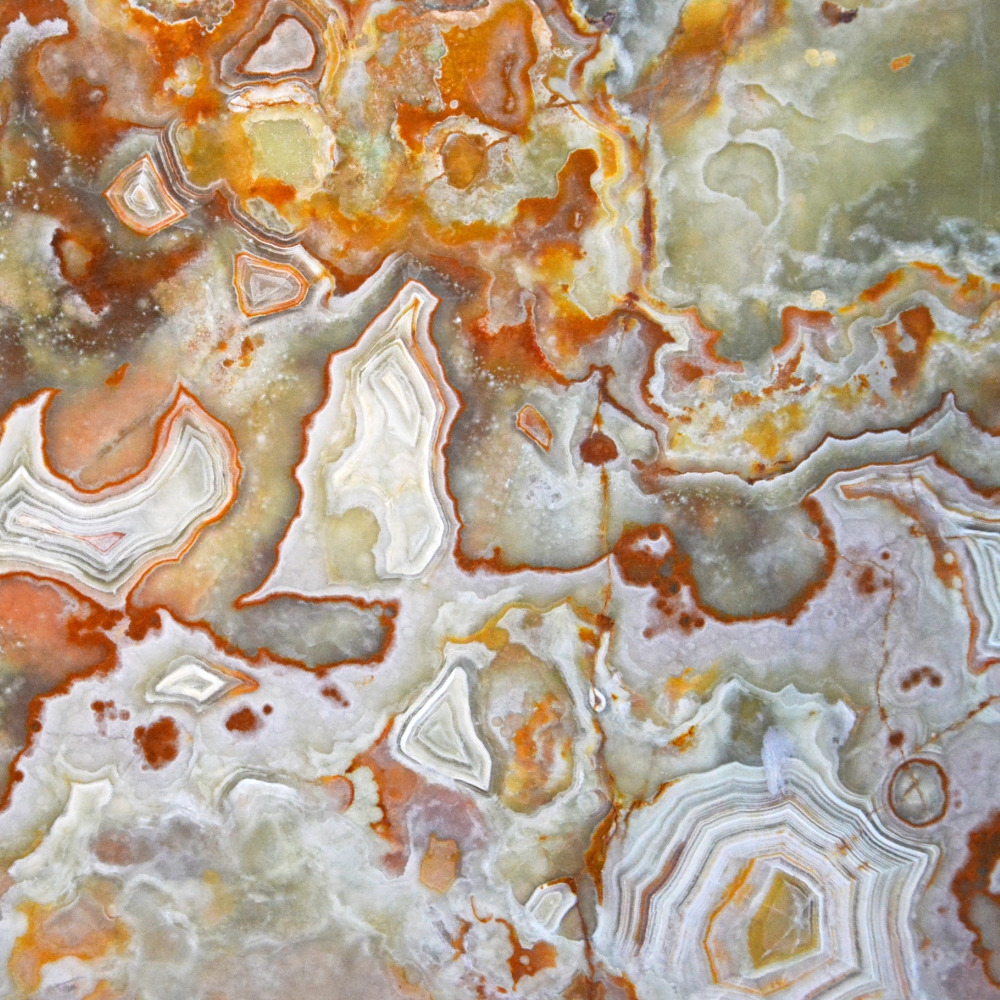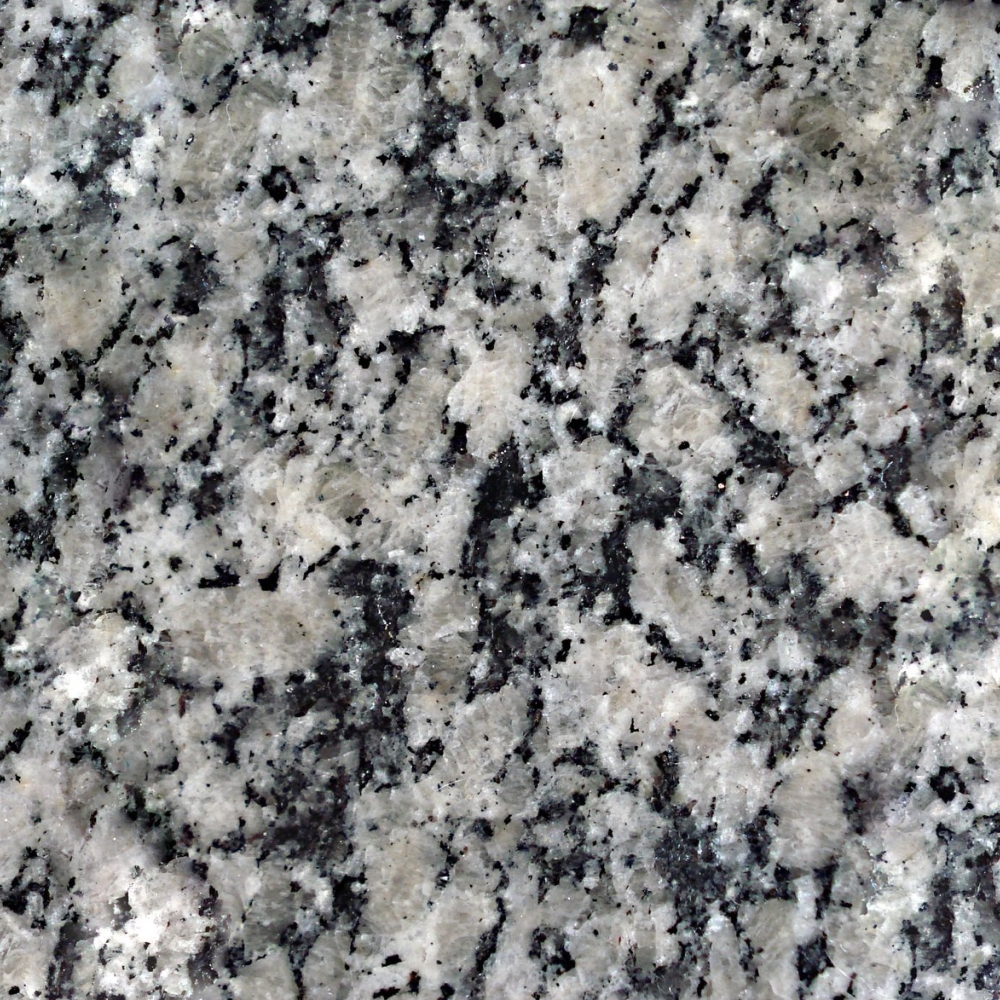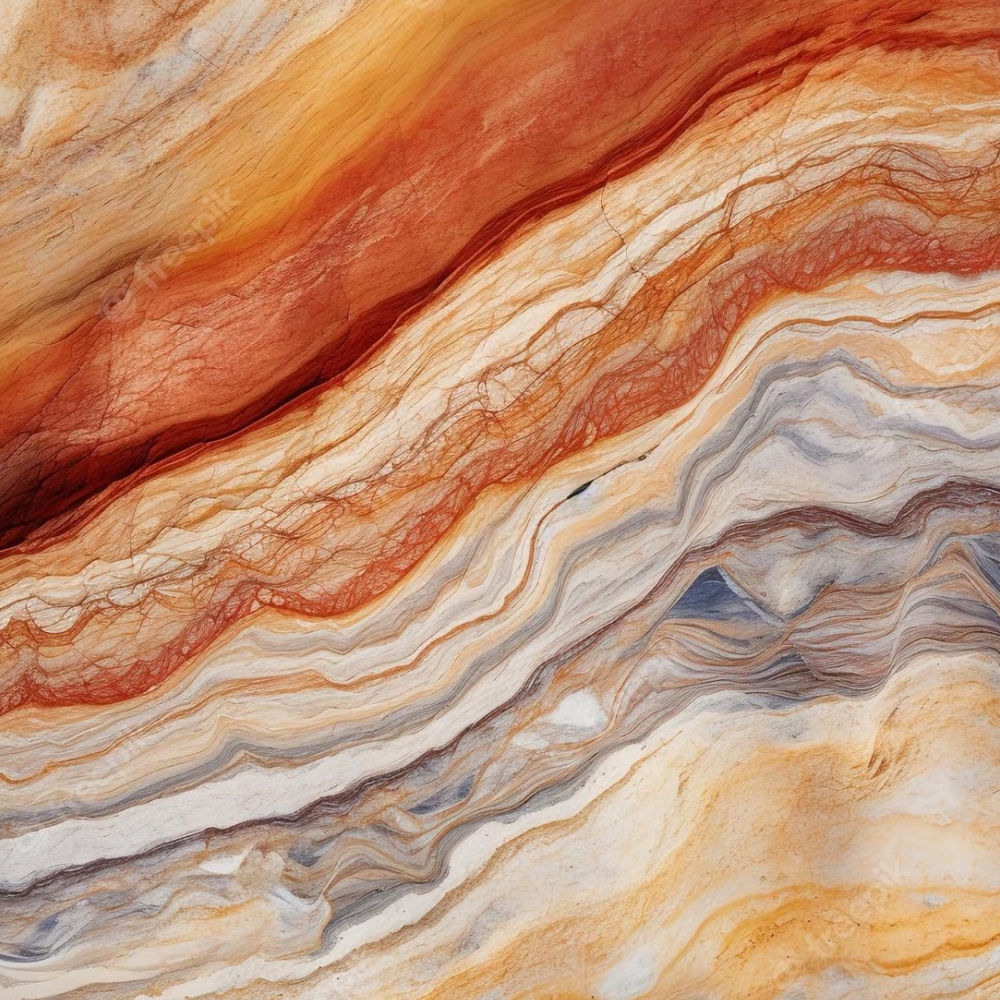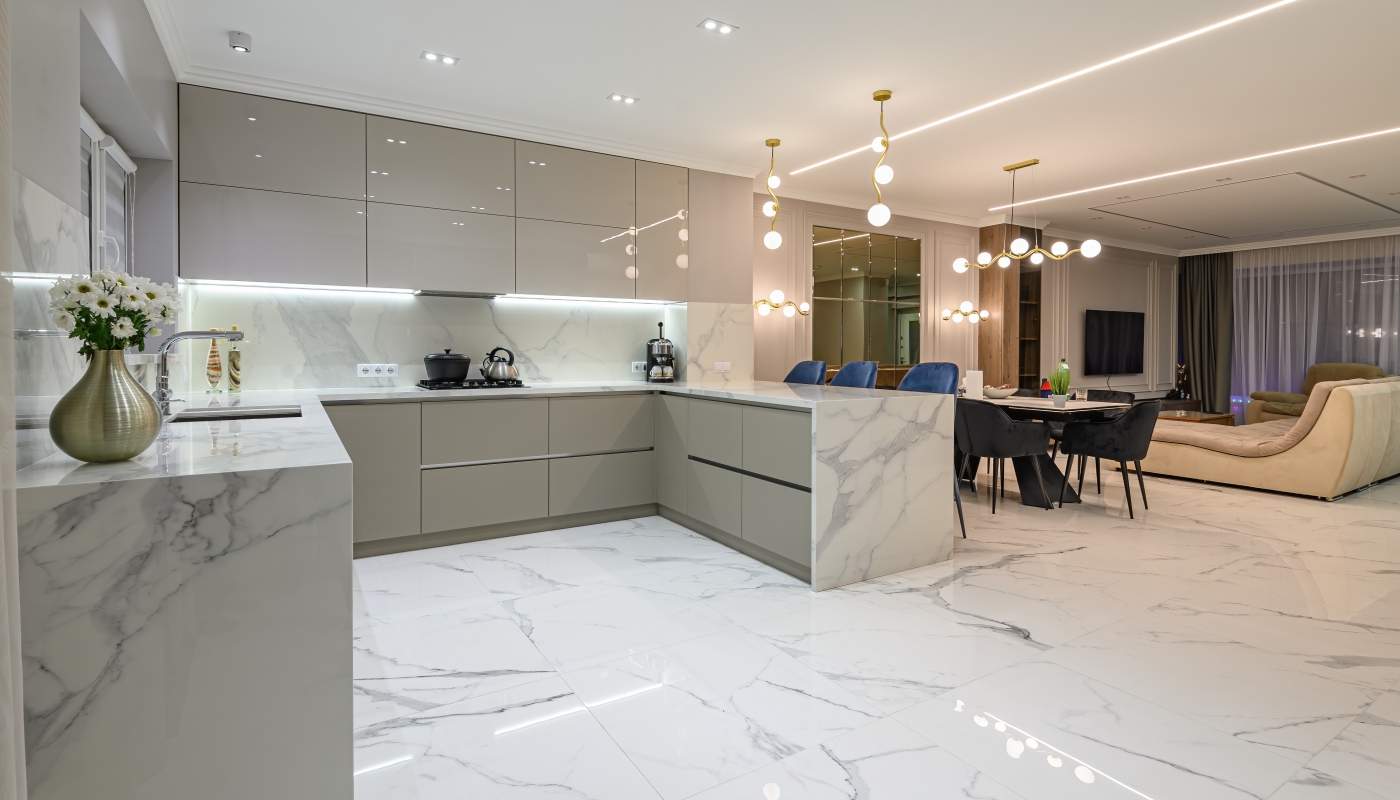
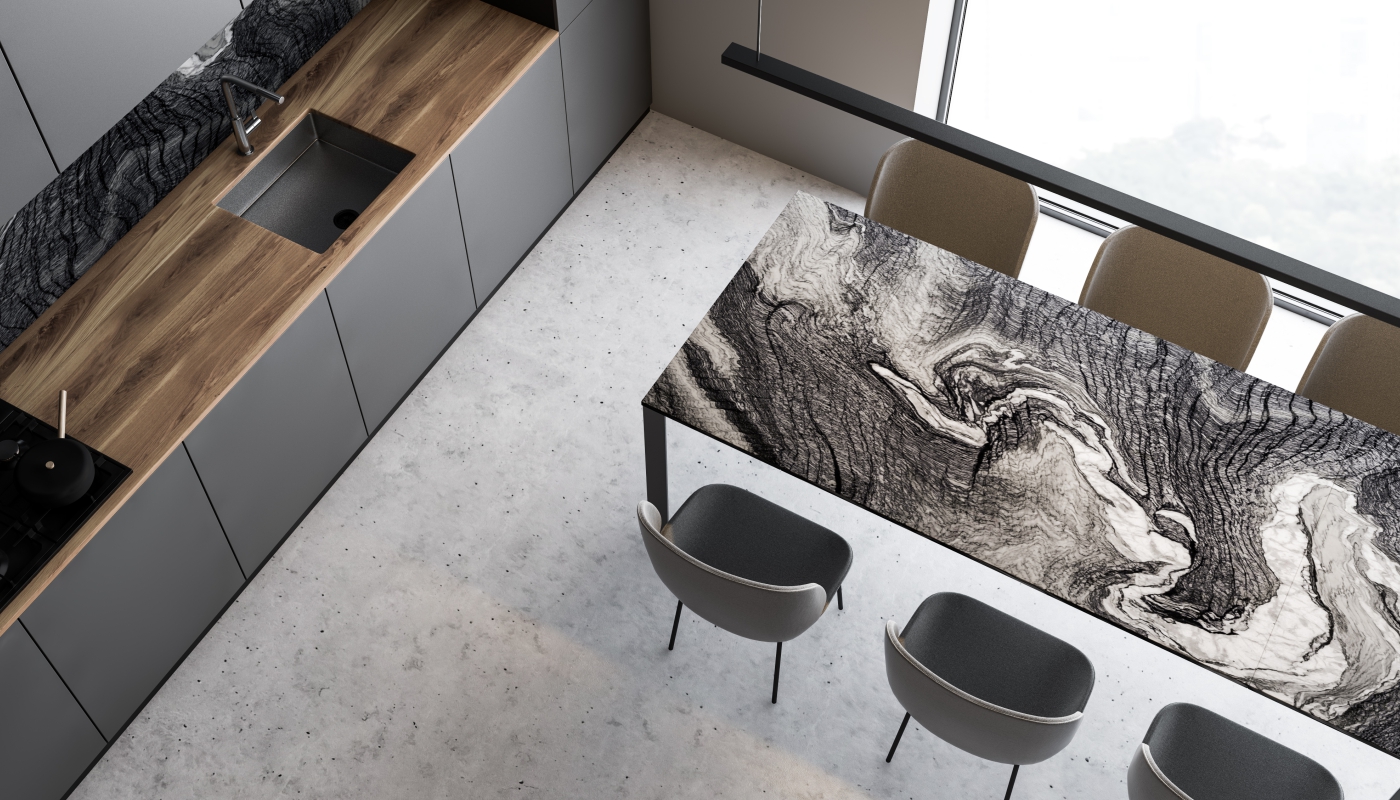
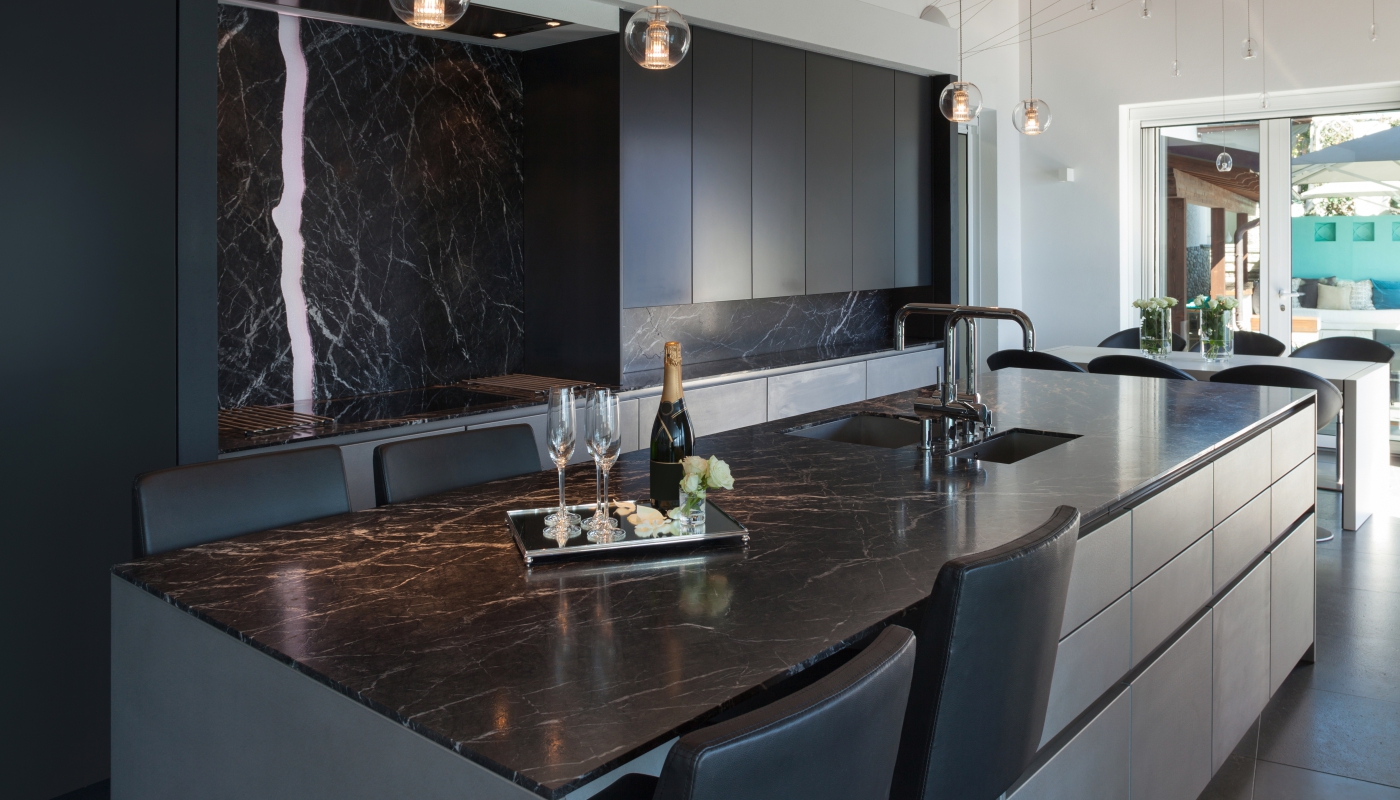
-
Stone
Marble -
Texture
Granular -
Grain size
medium grained -
Mineralogy
calcite -
Hardness
Hard
MARBLE
Marble is a granular metamorphic rock, it is derived from limestone or dolomite and It consists of a mass of interlocking grains of calcite or the mineral dolomite. Form of it when limestone buried deep in the older layers of Earth’s crust is subjected to heat and pressure from thick layers of overlying sediments. It may also form as a result of contact metamorphism near igneous intrusions. Impurities in the limestone can recrystallize during metamorphism, resulting in mineral impurities in the marble, most commonly graphite, pyrite, quartz, mica, and iron oxides. In sufficient amounts, these can affect the texture and color of the marble.
The Different Types of Marble and their Characteristics
Marble is a natural stone that comes in many different types, each with its own unique characteristics and appearance. Here are some of the most common types of marble and their key features:
- Carrara Marble: This is one of the most popular and well-known types of marble, known for its white or blue-grey color and fine, uniform grain. Carrara marble is quarried in Italy and is commonly used for sculpture and building facades.
- Calacatta Marble: Calacatta marble is a high-end type of marble that is known for its distinctive veining and bright white color. It is often used for high-end architectural projects and luxury interior design.
- Emperador Marble: This type of marble is characterized by its rich, warm brown color and distinctive veining. It is often used for flooring, countertops, and fireplace surrounds.
- Crema Marfil Marble: This type of marble is known for its creamy, beige color and relatively uniform grain. It is a popular choice for flooring and countertops.
- Statuario Marble: Statuario marble is prized for its bright white color and bold, dramatic veining. It is often used for sculpture and high-end interior design projects.
- Nero Marquina Marble: This is a rare type of marble that is characterized by its deep black color and bright white veining. It is often used for accents and decorative elements in interior design.
In addition to these commonly recognized types of marble, there are many other varieties that can vary in color, texture, and veining. The type of marble that is best suited for a particular application will depend on factors such as durability, aesthetic preferences, and budget. It is important to work with a knowledgeable supplier or installer to select the right type of marble for your project.
CATALOG
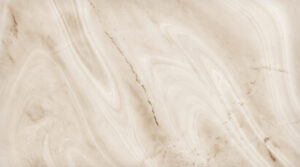 Marble 1
Marble 1
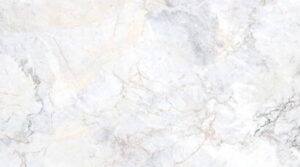 Marble 2
Marble 2
 Marble 3
Marble 3
 Marble 4
Marble 4
